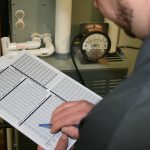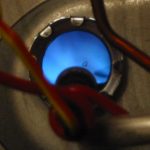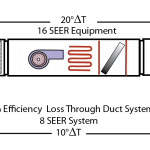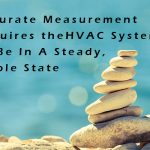
The quest for greater energy efficiency has been promoted by the government using utility company programs for more than a quarter of a century. This movement has made consumers aware that higher efficiency equipment is the right thing to use. Manufacturers have responded with higher efficiency equipment and contractors have consistently been able to increase …
Read more













